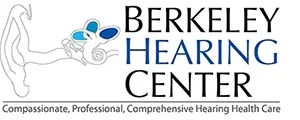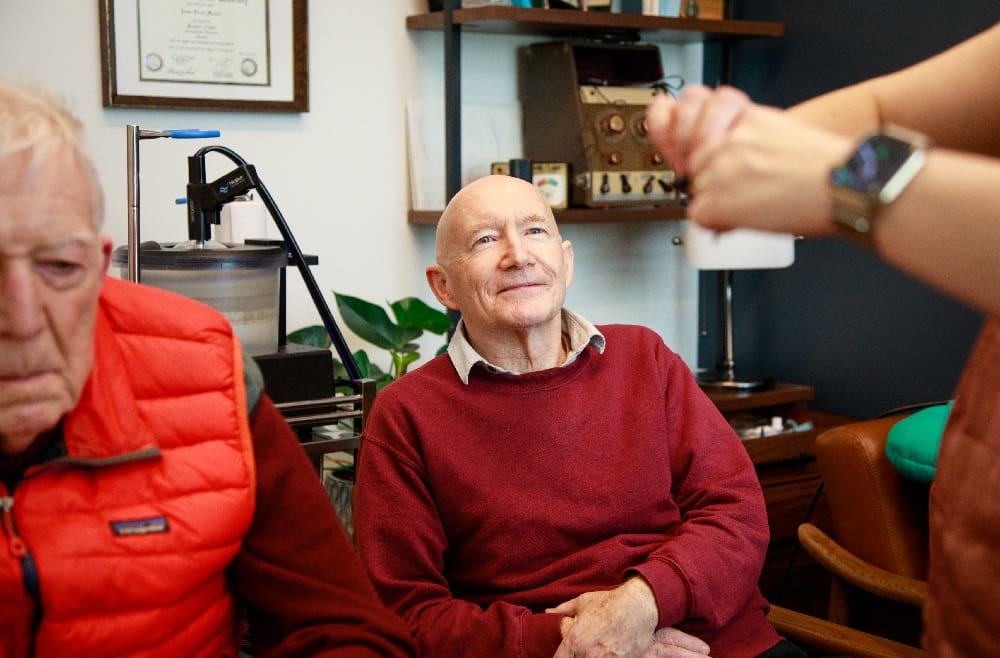2018-04-30
Jonathan Lipschutz Audiologist, M.S., F-AAA, Co-Owner
As with almost everything, the digital revolution has transformed hearing aid and assistive listening technology. No longer do we have to settle for annoying acoustic feedback, poor results in background noise or difficulty understanding speech on the phone or television. Hearing aids have become mini-computers, using on-board memory & operating systems to make hundreds of thousands of calculations per second. Because of these new technologies, I now have powerful tools to really tackle the challenges my patients experience due to the effects of sensorineural (nerve) hearing loss on auditory perception and subjective comfort. Some of these advances are related to how digital hearing aids process sound. With the change from analog to digital sound processing, new capabilities emerged that were just not possible before. As with digital cameras & images, once sound is converted to a digital format, mathematics can be use to manipulate the information to do all sorts of amazing things. For example, digital hearing aids convert the acoustic environment (frequency/pitch & volume) into small bits of data (conceptually similar to megapixels in cameras), so that the response of the aids can be tuned more precisely to how that person needs to hear for better results. We can also employ processing techniques to reduce background noise, while still maintaining speech information. Directional microphone systems can track and reduce multiple noise sources simultaneously. For those with significant hearing loss in the higher pitches, where amplification might be ineffective or even counter-productive, frequency shifting techniques (sometimes called frequency compression or frequency transposition) can actually shift or move sounds down in pitch so that a healthier part of the ear can process the information. The other great revolution in hearing healthcare has been a direct result of advancements in other areas, such as wireless connectivity/streaming (ie. Bluetooth) & 3D printing. With Bluetooth, a globally adopted wireless communication technology, a myriad of devices can connect directly to hearing aids. You can now 'stream' audio (phone calls, music/movies, podcasts, driving directions, etc.) directly to hearing aids from cellular phones, televisions, laptops, MP3 players. Your smart phone becomes a remote control, with apps that allow you to adjust different settings or even find a lost hearing aid with the help of the phone's GPS! Hearing aid manufacturers are utilizing Bluetooth in 'remote microphones' to dramatically improve understanding when hearing aids alone can't do the job.
They have also been at the forefront of the 3D printing revolution, allowing for smaller and more comfortable custom hearing aids & ear molds. These are but a few of the many incredible improvements digital technology has made in hearing healthcare. Doubtless there will be more as digital technology 'shrinks' our world with greater connectivity to all that we do and experience (think Fitbit using your ears). But... There's an old saying about computers, they work great until they don't! Next month I will write about the 'challenging' side of the intersection between technology and hearing healthcare.
https://berkeleyhearing.com/wp-content/uploads/2022/12/Ready-to-experience-the-revolutionary-impact-of-digital-hearing-aids-Dont-let-hearing-loss-limit-your-world.jpg
Jonathan Lipschutz Audiologist, M.S., F-AAA, Co-Owner






